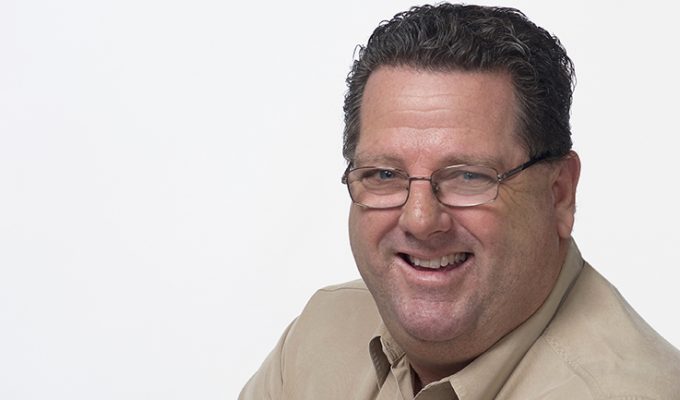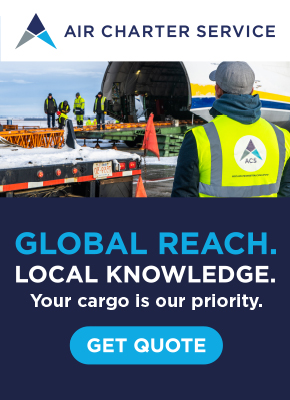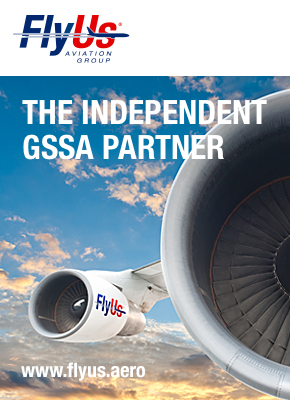
US airlines and forwarders appear to have lost, or abandoned, skills that used to be central planks of doing business – and the neglect is hitting their bottom lines.
The larger US airlines have trailed their smaller rivals in cargo relative to their respective size, said Tim Strauss, vice president, cargo, at Hawaiian Airlines.
Hawaiian has outpaced its larger US rivals in cargo growth over the past three years. Since 2012 only two US passenger carriers, Hawaiian and Southwest, have grown their cargo business in absolute dollar terms, Strauss said.
In part, at Hawaiian this was driven by an expansion of bellyhold capacity, but the bigger factor has been a stronger focus on cargo, which is reflected by the acquisition of three ATR 72 freighters that are poised for take-off once the certificati on process is completed.
on process is completed.
At the large airlines, the focus has been heavily on cost reduction, Strauss (pictured left) argued. He said that the big players had “squeezed their ground handlers too much”, which has affected service.
Moreover, the smaller carriers are taking a more aggressive stance in marketing their capacity, trying to maximise loads. The large carriers are often content to deal almost exclusively with CCSP-certified forwarders which hand over full containers, he said.
Ironically, cost savings could be achieved with more attention to cargo as it is handed over to the carrier. Having installed an automated ULD measuring system at its hub, Hawaiian found a considerable variance between actual and declared dimensions.
“We think 30% of what we handle is not dimmed properly,” Strauss said.
Shawn McWhorter, president for the Americas at Nippon Cargo Airlines, remarked that demand has shown a steady increase but yields remain under pressure.
“We are seeing increased demand and some improvement for peak season, based on our early sales activities. NCA will increase Asia to Chicago from 14 flights to 16 flights per week, and from Asia to LAX from 9 flights to 10 flights, in peak season.”
For their part, many forwarders no longer bother mixing and matching cargo to achieve better rates, said Peter Lamy (pictured top), president of American Worldwide Agencies. They add little value for their customers and achieve smaller margins for themselves, he said.
As price differences between submitting 100kg and 1,000kg have shrunk to a minimum, forwarders see little point in mixing shipments. It is easier for them to send shipments individually, he said.
Although the airlines have largely taken away the incentives for building consolidations, there are still considerable charges tied into this – if not at origin, then at the other end. Airlines’ destination charges in Australia can be up to 45 cents per kg, Mr Lamy noted.
“Forwarders not doing consolidations are short-cutting and digging their own graves,” he said. “I believe we’re selling ourselves short. If a forwarder is nothing but a broker, he does not really add value for the shipper.”
Mr Strauss thinks the airlines are also doing a poor job pricing their services.
“We continue to act out of fear and rarely price on value. We price on cost,” he said.



